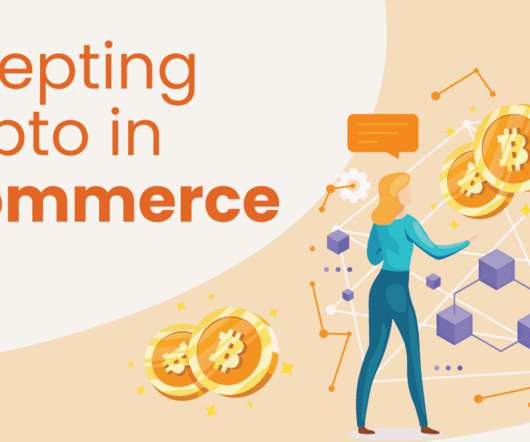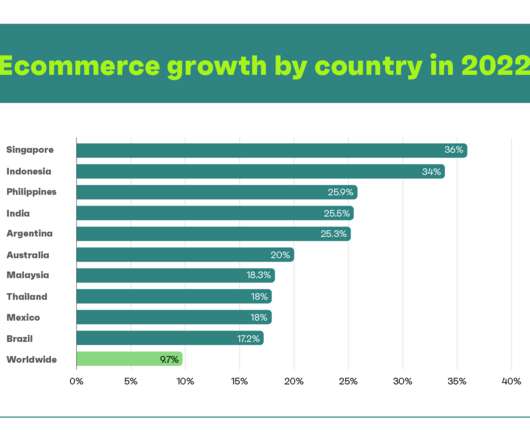eCommerce and Cryptocurrency: Helping SMBs Navigate a Changing Payment Landscape
Korona
MARCH 28, 2022
The use of cryptocurrencies for online shopping has shown parallel expansion. Even for small online retailers, it’s important that you’re not too late to the game. What Is Cryptocurrency? What Are The Top Cryptocurrencies To Know ? How to Pick a Cryptocurrency eCommerce Gateway. between 2021 and 2030.













Let's personalize your content